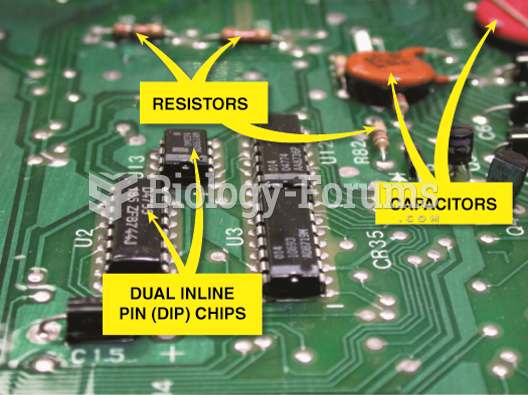Answer to Question 1
As its name implies, the fixed order quantity model involves ordering a fixed amount of product each time reordering takes place. The exact amount of product to be ordered depends on the product's cost and demand characteristics and on relevant inventory carrying and reordering costs. Organizations using this approach generally need to develop a minimum stock level to determine when to reorder the fixed quantity. This is called the reorder point. When the number of units of an item in inventory reaches the reorder point, the fixed order quantity (the EOQ) is ordered. The reorder point, then, triggers the next order.
The second form of the basic approach is the fixed order interval approach to inventory management, also called the fixed period or fixed review period approach. In essence, this technique involves ordering inventory at fixed or regular intervals; generally, the amount ordered depends on how much is in stock and available at the time of review. Organizations usually count inventory near the interval's end and base orders on the amount on hand at that time.
In comparison with the basic EOQ approach, the fixed interval model does not require close surveillance of inventory levels; thus, the monitoring is less expensive. This approach is best used for inventory items that have a relatively stable demand. Using this approach for volatile demand items might quickly result in a stockout since time triggers orders rather than inventory levels.
If demand and lead time are constant and known in advance, then an organization using the fixed order interval approach will periodically reorder exactly the same amount of inventory. If either demand or lead time varies, however, the amount ordered each time will vary, becoming a result of demand as well as lead time length.
Answer to Question 2
True







